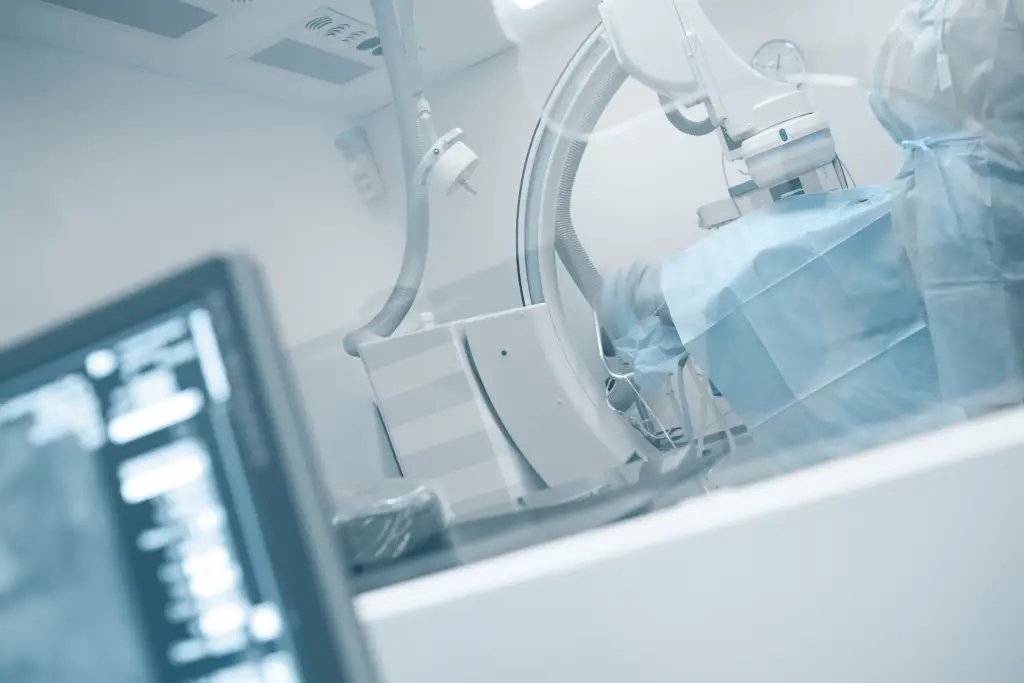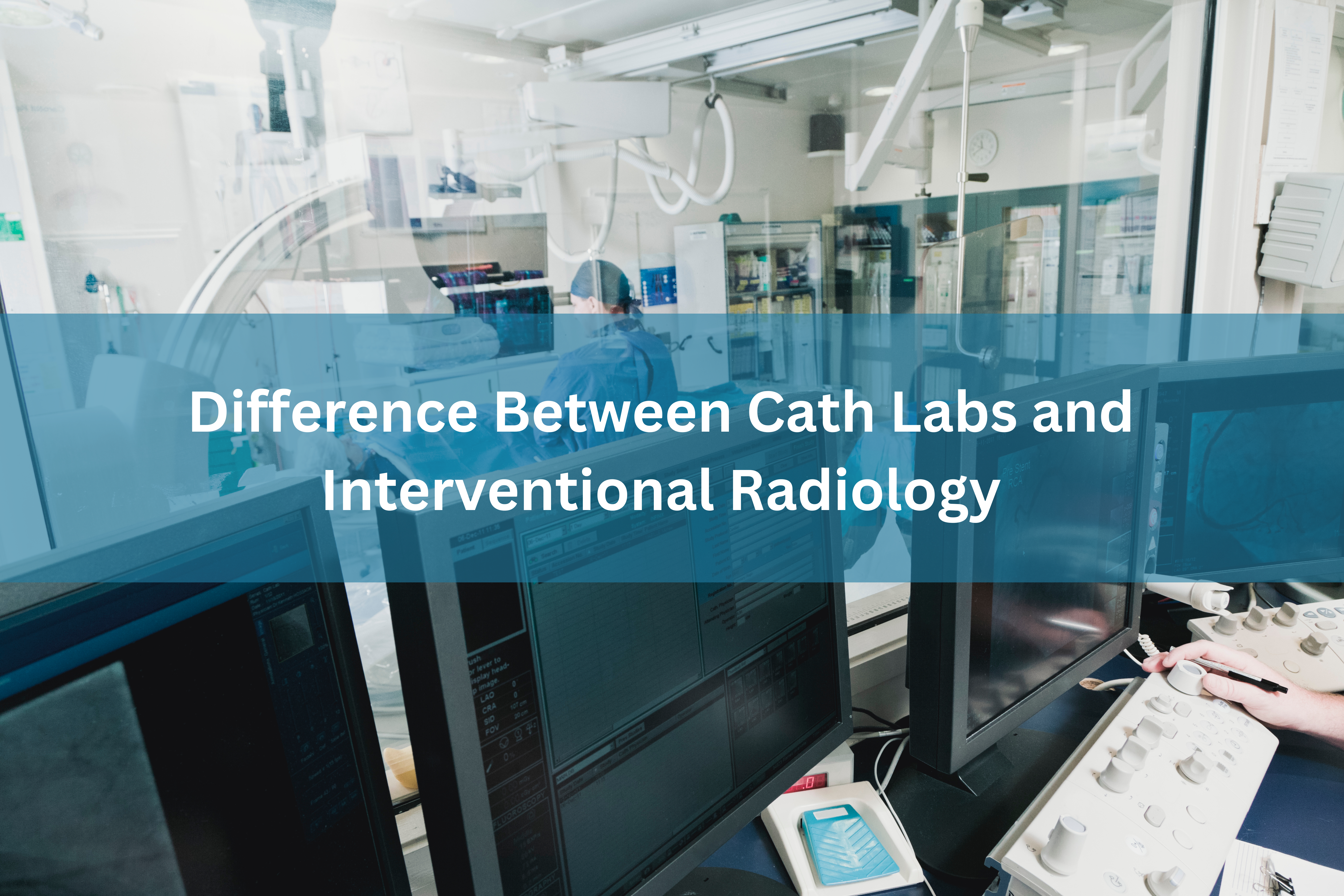When diving into the world of interventional radiology equipment, one may come across two terms that seem somewhat synonymous but are quite distinct in function: the Cath lab and the electrophysiology (EP) lab.
A common misconception arises due to the similarity in the radiology system hardware. Yet, they serve different purposes in the field of cardiology.
Cardiac Catheterization (Cath) Lab
Primary Focus: The Cath lab focuses on the anatomical structure of the heart. It examines:
- Heart chambers and major blood vessels.
- Blood flow and valve functions.
- Presence of blockages or obstructions.
Purpose: With the help of equipment like the GE Innova 2100 IQ or Philips Allura FD10, cardiologists can diagnose various heart conditions by studying the heart’s physical structures.
Electrophysiology (EP) Lab
Primary Focus: The EP lab concentrates on the heart’s electrical system rather than its anatomy. Specifically, it:
- Maps the electrical activities of the heart.
- Detects and locates electrical “misfires” or arrhythmias.
Purpose: The EP study pinpoints the misfire’s exact location for patients with cardiac arrhythmias. This helps in treating it through pacemaker/defibrillator implants or ablation procedures.
Equipment Differences
While both labs use radiology system hardware, the EP lab demands some unique equipment:
- Cath Lab: Requires injectors, hemodynamic monitoring, and other ancillary equipment.
- EP Lab: Needs specific equipment like a 3D mapping system, cardiac stimulator, RF generator, and combo lab. Due to this additional apparatus, EP labs often necessitate more storage and monitoring solutions and a well-thought-out cable management plan for seamless operations.

Staff and Training
Due to the distinctiveness of the procedures and equipment used, healthcare facilities usually have a dedicated team for cardiac catheterization. From this team, a select few undergo additional training to specialize in EP studies.
Thus, if you’re looking to set up a multi-use Cath lab system, be prepared to invest in equipment and specialized training for your staff.
In Conclusion
Cath and EP labs might employ the same core radiology system, but they vary considerably in functionality, purpose, and equipment needs. While setting up an EP lab might require a more substantial initial investment due to the extra equipment, ensuring accurate diagnosis and treatment of electrical heart disorders is paramount.
If you want to discern which lab will best cater to your needs, our team of experts is here to guide you. From comprehensive resources to hands-on assistance, your Cath lab projects are covered. Contact us today to learn more.

